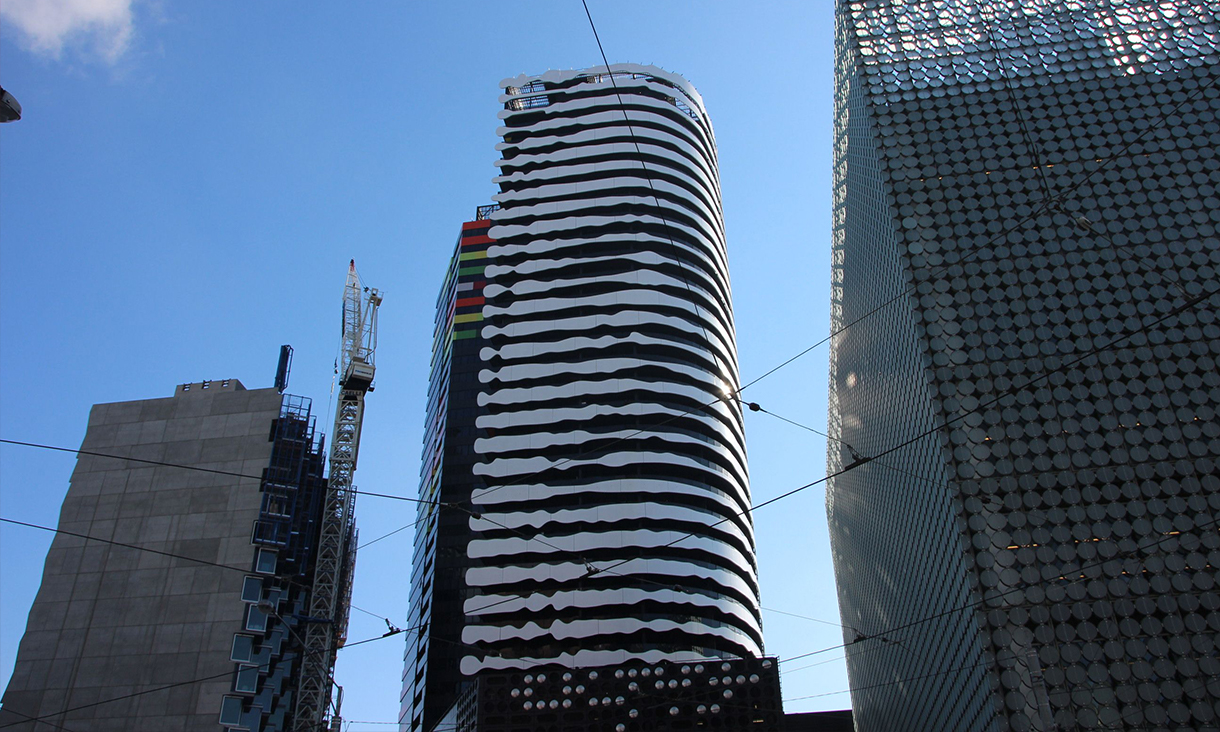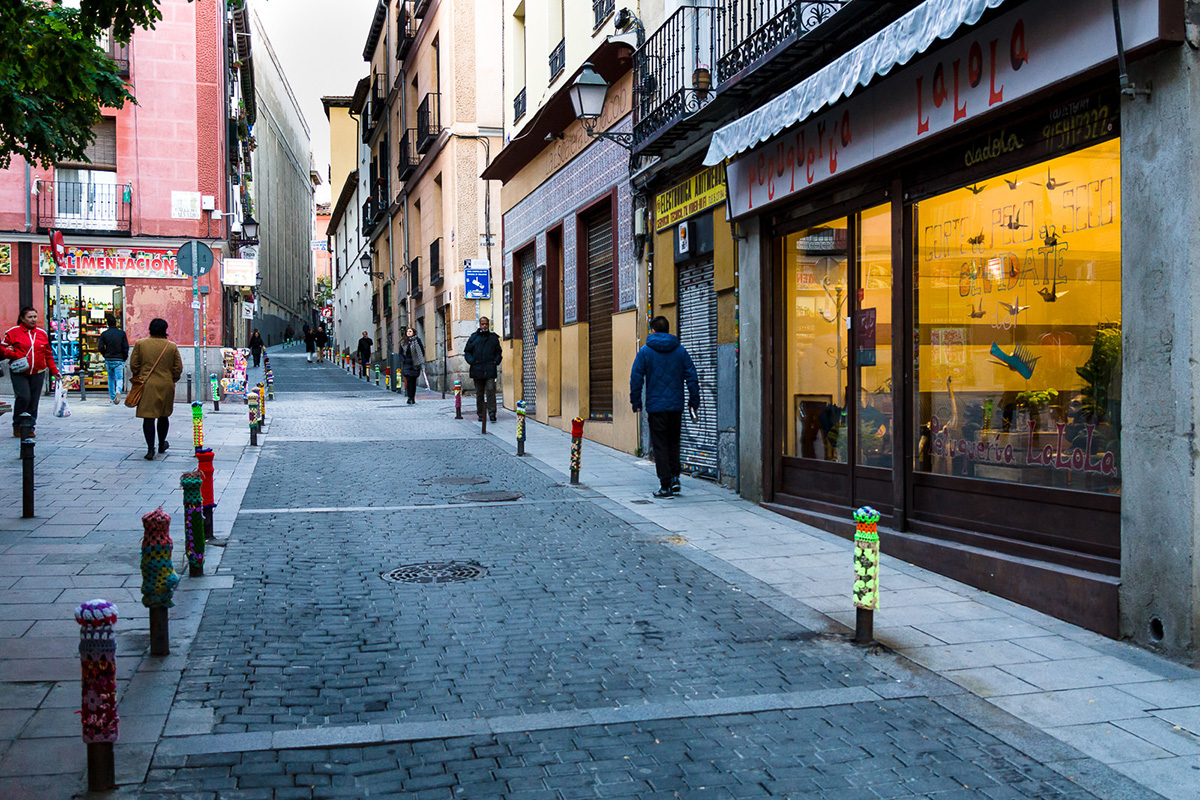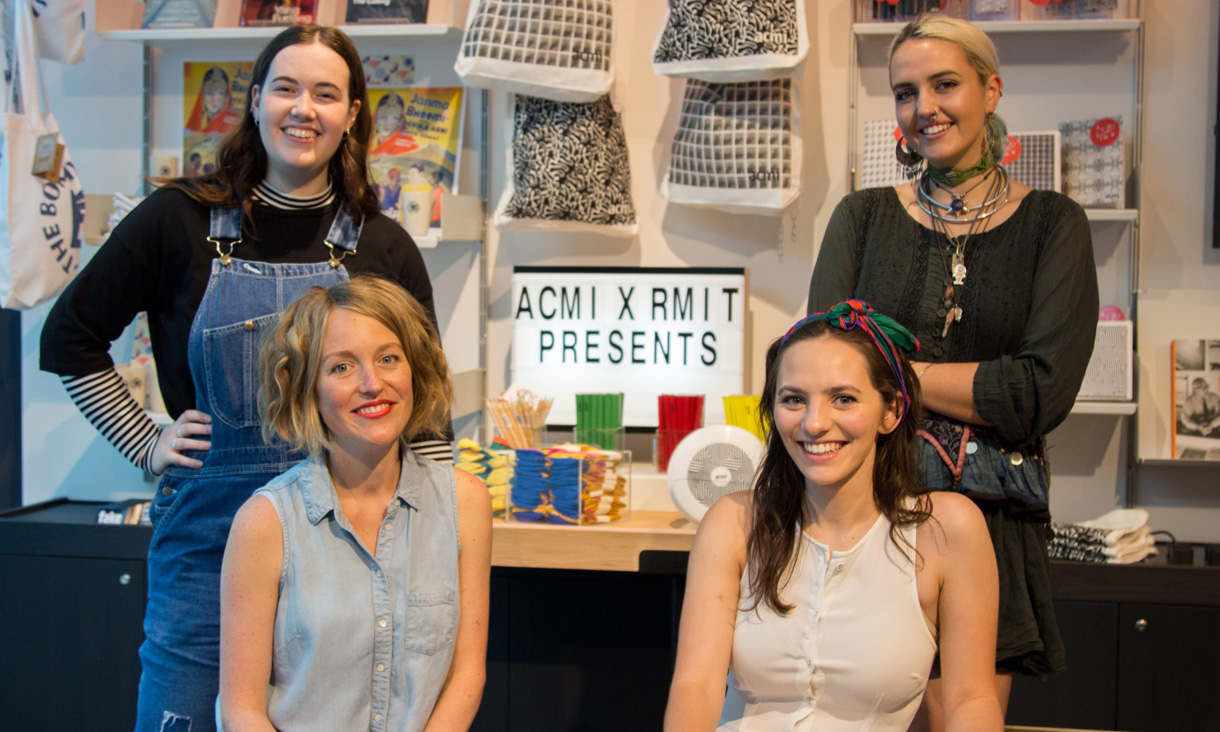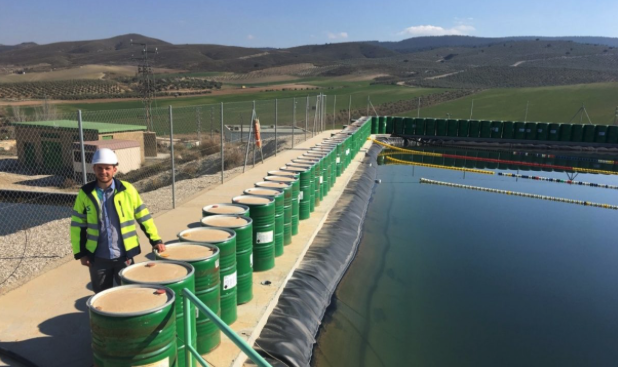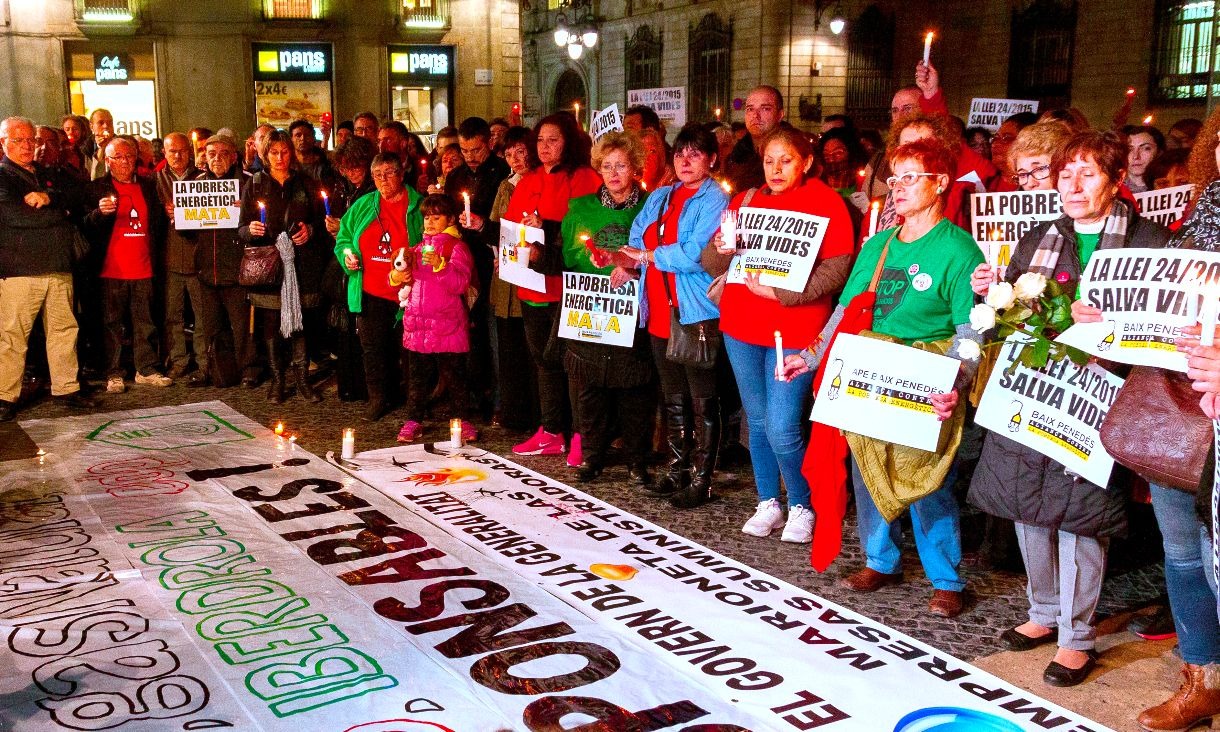Gentrification and local democracy in Europe: Q&A with Kristin Reichborn-Kjennerud
Kristin Reichborn-Kjennerud, visiting scholar to RMIT's Centre for Urban Research, discusses urban development and the need for social mobilisation to address challenges faced by city residents.
RMIT students design ACMI’s first ever line of merchandise
The Australian Centre for the Moving Image (ACMI) has launched a fresh line of merchandise locally designed and produced in collaboration with RMIT textile design students.
RMIT student awarded European internship with industry leader
An RMIT engineering student has spent two months in the south of Spain working on an innovative solar energy project for one of the country's largest chemical groups.
RMIT report sheds light on energy poverty in Barcelona
More than 10% of Barcelona's population experiences energy poverty according to RMIT research commissioned by Barcelona City Council.

